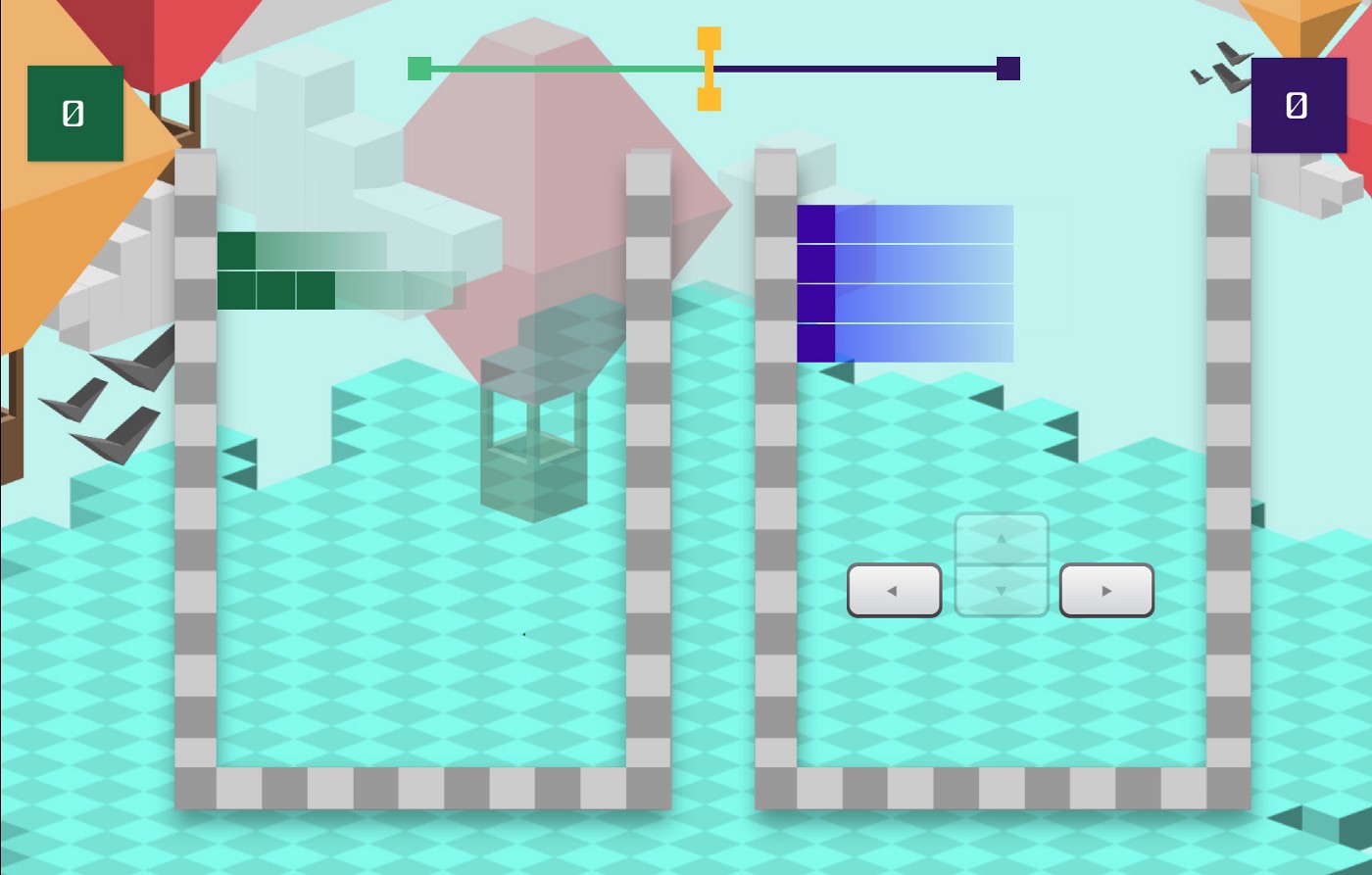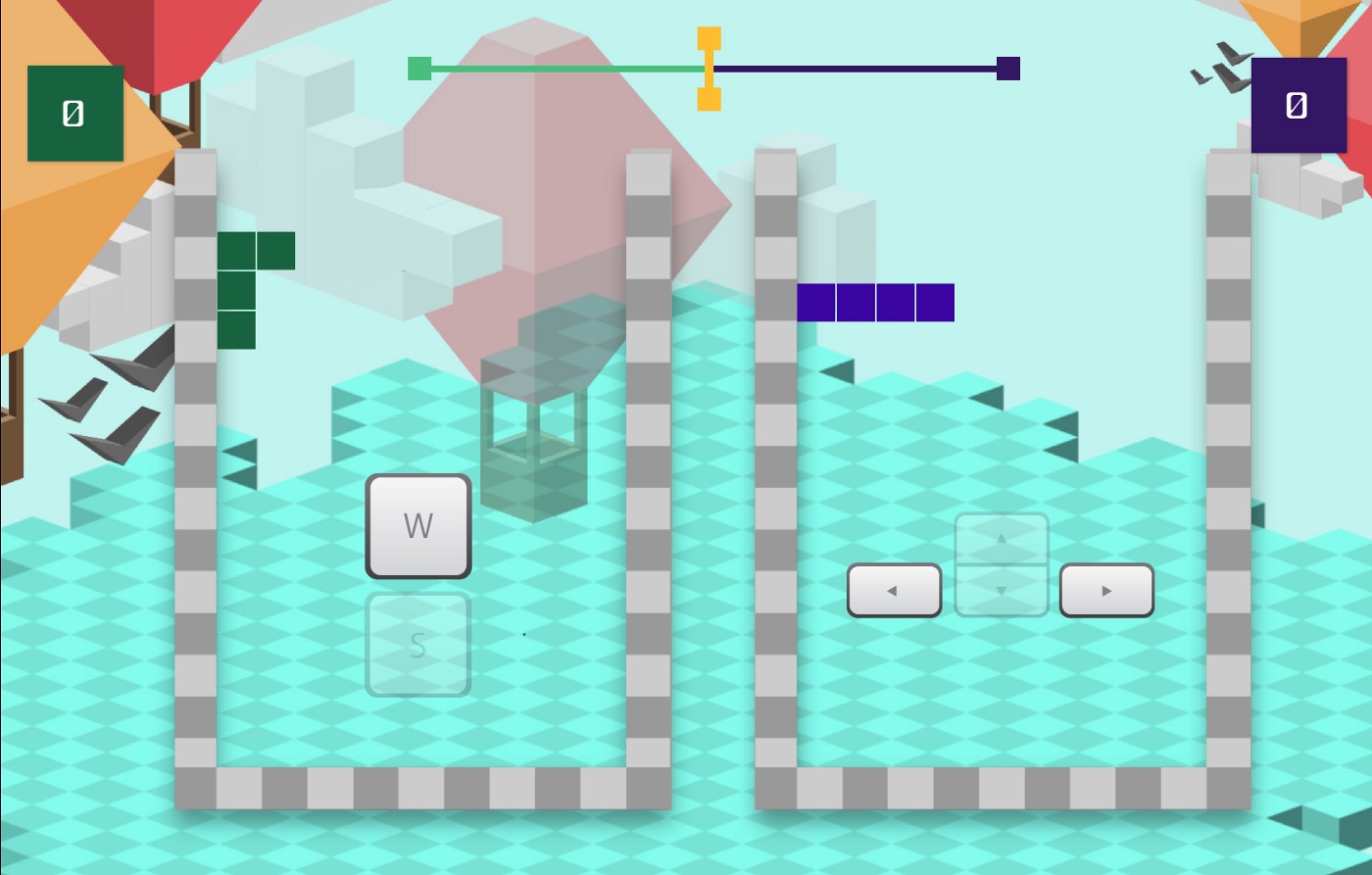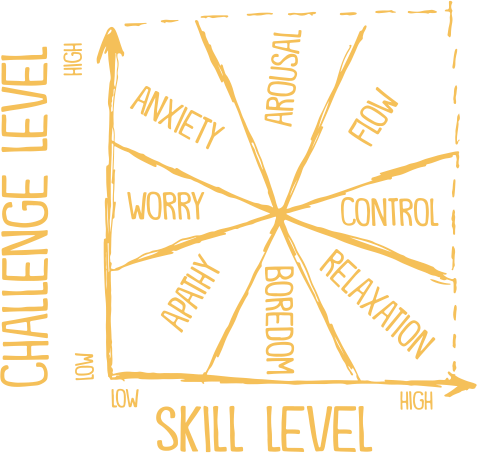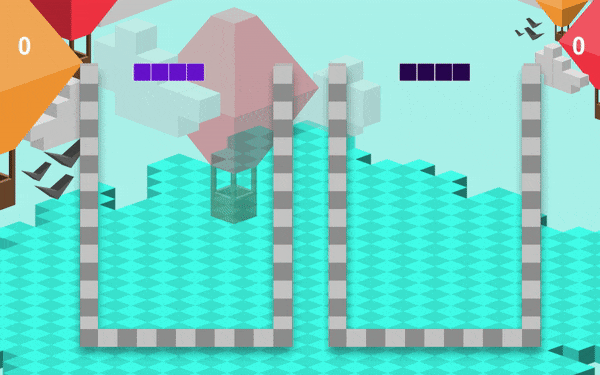
Tetris is one of the few games that transcends culture, age, and gender. My 72-year-old Grandma and my 8-year-old cousin both play Tetris with the same excitement. With a really short learning curve, Tetris, a game designed and programmed by Soviet Russian software engineer Alexey Pajitnov in 1984 became a classic across generations. While many people have tried experimenting with the graphics of the game, not many have experimented with the functionality of the game. As part of a course on Understanding play cultures, I along with 2 more friends of mine, Laura Ospina and Pablo Pedrosa decided to make a variation of Tetris that makes the game even more exciting and competitive to play.
The Experiment
Imagine if you could use a classic game like Tetris to increase the trust you feel towards your teammate! Can a game help two people trust each other more, and promote collaboration while making them have fun? To do all of it and still not lose the essence of the game is a difficult task but we were up for it. There are a lot of digital games that one can play where two players go against each other, however very few where you can collaborate with your teammate and trust them to achieve a better score. An idea was born to fill this gap. The reason we chose Tetris was mainly because of its penetration across cultures and its ease of understanding. This new variation was very aptly titled ‘Trusty Tetris’. So, what is different in Trusty Tetris? Like the classic Tetris, the aim of Trusty Tetris is to erase as many lines as possible to gain more points. However, unlike classic Tetris which is played solo, Trusty Tetris is played by two people at once and has two frames with blocks falling from both frames at the same time.



The first version of the game was built with no control to drop the blocks faster. Then on our first trial with the users, the players found it really difficult to erase any lines. The players were feeling frustrated. Instead of trusting their teammates, a blame game had started. The trial made us look at the Flow theory. We had to make sure that the person playing the game was fully immersed and involved in the game with an energized focus without feeling bored or disinterested. The game had to be challenging, yet not so difficult that it makes the players go away from the game.
What’s the aim?
The aim of the game is to not let any of the two screens fill up. The game ends when blocks in either of the screen fill up the screen. In the second version of the game, the control to drop the blocks faster was put in. While one player controls the movement and the other controls the rotation, both the players had the control to drop blocks faster on their part of the screen. This move helped them coordinate and maintain a good score on both the screens. The trials were done with multiple pairs to see if the results were the same across teams or, to find out if some people communicate better with their partners than others. The results were much better this time. The users now exhibited perfect levels of excitement, control and tension. While some pairs were still not able to score high, other pairs surprised us with a very high score despite playing the game for the first time. Interestingly, most of the pairs that scored well were either close friends or ones who had a very calm communication between them throughout the game, as opposed those who were shouting or screaming anxiously. It has been a constant process of ideating, executing, testing and improving, and it will continue to be that till the project is over. (Hint: The project is never over). Trusty Tetris will continue to be my playground to experiment with new algorithms and techniques around the idea of trust and communication.
